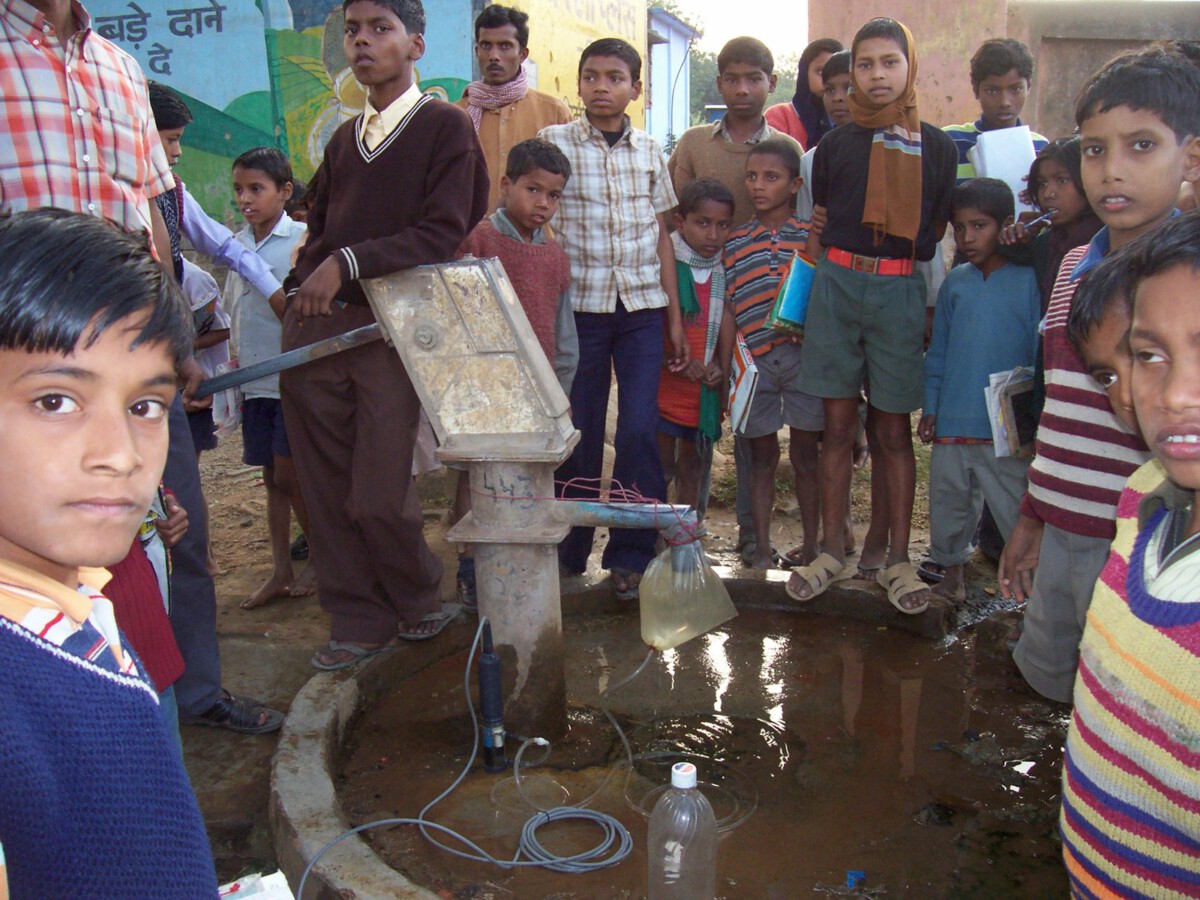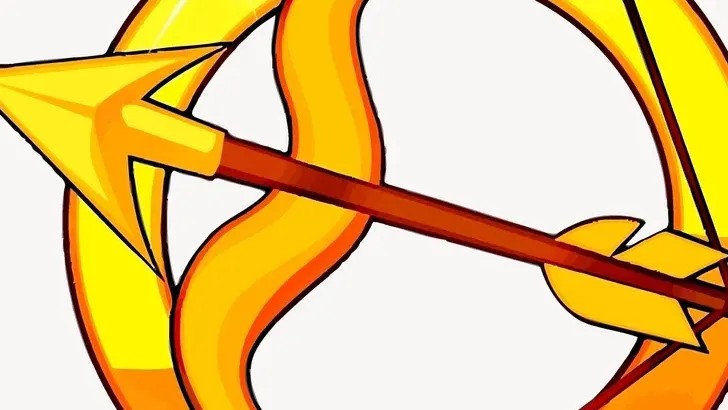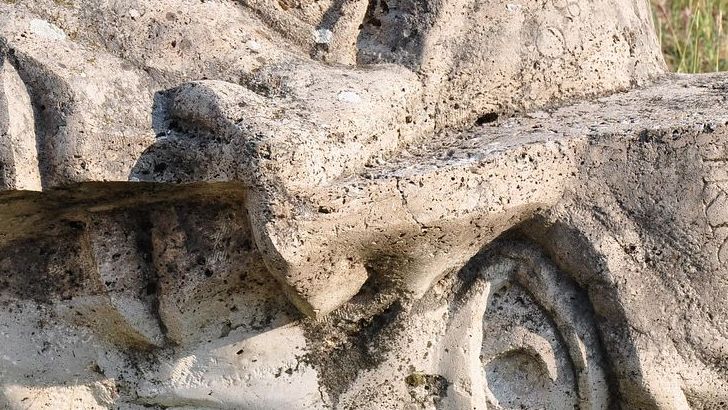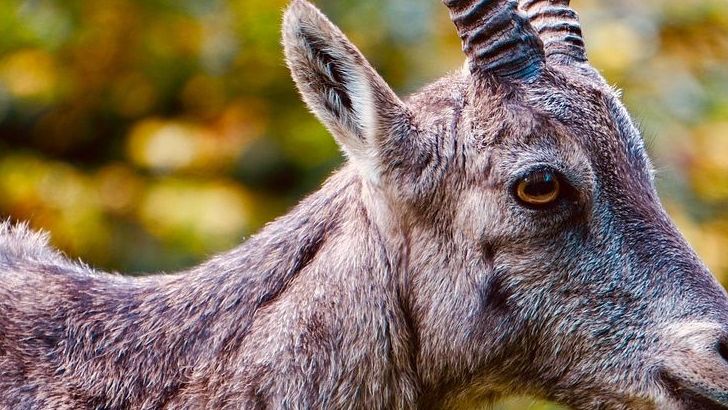Finland: A Model of Purity

Finland stands as a shining example of what clean water management can achieve. With 188,000 lakes and hundreds of rivers, it’s no wonder over 90% of the country’s water bodies are classified as clean. The Finnish Environment Institute keeps a close eye on these resources, conducting regular tests and maintaining some of the strictest standards in Europe. Natural filtration through soil and ancient rock formations serves as nature’s own purifier, making the water fresh and safe straight from the tap. Environmental responsibility is deeply woven into Finnish society, with policies focused on protecting these vital resources for future generations. In fact, 99% of the population is connected to safe municipal water systems, and waterborne diseases are almost unheard of. Finns often boast that their water tastes as pure as mountain air—crisp, cold, and utterly refreshing.
Switzerland: Alpine Freshness

Switzerland’s reputation for crystal-clear water is well-deserved, thanks to its dramatic alpine landscape and unwavering environmental diligence. Approximately 80% of Swiss drinking water is sourced from groundwater, naturally filtered through the Alps, and monitored to perfection. The Swiss Federal Office for the Environment enforces water quality laws that are among the toughest in the world. A 2024 survey revealed that 95% of Swiss citizens are satisfied with the quality of their tap water, and it’s not uncommon for locals to fill their bottles straight from public fountains. Water conservation is almost a national pastime, with various campaigns teaching citizens to value every drop. Swiss rivers and lakes are so clean that they attract both swimmers and tourists year-round. This commitment ensures that Switzerland remains a gold standard for water purity in Europe and beyond.
Norway: Nature’s Bounty

Norway’s water sparkles with the clarity of its glacial origins. The country is blessed with abundant surface water from glaciers, lakes, and fjords, which supply nearly all its drinking water. The Norwegian Institute for Water Research keeps standards high, testing for contaminants regularly and investing heavily in cutting-edge treatment plants. Sustainability is not just a buzzword here; it’s at the heart of Norway’s policies, ensuring the preservation of its precious water resources. In 2024, data showed an impressive 97% of Norwegians had access to high-quality drinking water. The country’s rugged landscapes not only make for postcard-perfect views but also provide natural filtration that keeps water sources clean. Norwegians take great pride in their environment, and it’s reflected in the taste and safety of every glass of water.
Iceland: Pure and Pristine

Iceland’s water is as legendary as its volcanoes and glaciers. Most of its drinking water comes from these ancient sources, flowing through untouched landscapes and naturally filtered by layers of volcanic rock. The government enforces strict regulations to keep pollution at bay, and water quality is checked regularly to maintain its near-perfect record. A 2023 survey found that 98% of Icelanders trust their tap water, which many describe as the freshest in the world. Clean energy from geothermal sources further protects water purity, as it reduces the risk of industrial contamination. In Iceland, it’s not unusual for locals to drink directly from streams on hiking trails—a testament to the country’s exceptional water safety. The result is water that’s almost as pure as the ice it came from, and a national treasure fiercely guarded by all.
Canada: Abundant Freshwater Resources

Canada sits atop more than 20% of the world’s freshwater, making it a global leader in water wealth. Vast lakes, rivers, and underground aquifers provide clean water to the majority of Canadians, with Environment and Climate Change Canada reporting that around 85% of the population enjoys safe municipal water. Stringent regulations are in place to prevent pollution and over-extraction, especially in sensitive or vulnerable regions. In 2024, Canada continued to rank among the world’s best for water quality, though it faces ongoing challenges in Indigenous communities where infrastructure is still being improved. Canadians take pride in their lakeside cottages and wild rivers, knowing their clean water is both a privilege and a responsibility. The government’s commitment to protecting these resources remains strong, with new investments in conservation and water treatment projects.
New Zealand: A Clean Green Paradise

New Zealand’s image as a “clean, green” paradise extends to its rivers, lakes, and aquifers. With 90% of the population having access to safe drinking water, the Ministry for the Environment keeps a close watch on water quality through robust testing and public reporting. Natural filtration through volcanic rocks and fertile soils helps ensure the purity of drinking water across the country. In 2024, research confirmed that New Zealand’s water bodies are among the cleanest globally, especially in areas protected from agricultural runoff. The government has rolled out new policies to address water quality issues in rural communities, focusing on both conservation and restoration. Kiwis are passionate about their environment, with many volunteering to plant native trees along riverbanks to keep waterways healthy. Water here is more than just a resource—it’s a source of national pride.
India: A Growing Concern

India’s water crisis is a stark reminder of the pressures facing rapidly developing nations. The NITI Aayog estimates that over 600 million people live under high or extreme water stress, and nearly 70% of surface water is contaminated. Population growth, aging infrastructure, and persistent pollution have left many regions struggling for safe water. Major cities like Chennai and Bengaluru have experienced dramatic shortages, while rural areas often lack even basic water supply systems. In 2024, efforts to clean up the Ganges and other major rivers continued, but progress remains slow and uneven. Waterborne diseases remain common, with millions at risk each year. The government is investing in new treatment plants and awareness campaigns, but the scale of the problem is daunting, and many families still rely on unsafe sources for their daily needs.
Yemen: A Humanitarian Crisis

Yemen is battling an almost unimaginable water emergency, made worse by years of conflict and economic collapse. The United Nations estimates that more than 18 million Yemenis lack access to safe drinking water and sanitation facilities. Infrastructure has been bombed or left to decay, and many communities depend on remote, unreliable water deliveries. In 2024, aid agencies reported that outbreaks of cholera and other waterborne diseases were increasing, especially among children. Humanitarian organizations are working tirelessly to bring clean water to the most vulnerable, but insecurity and funding shortfalls hamper every effort. The daily struggle for clean water defines life for millions in Yemen, turning even basic hygiene into a luxury. The world continues to watch, but solutions remain heartbreakingly out of reach for many.
South Africa: A Strained Resource

South Africa faces mounting water challenges as drought, mismanagement, and population growth push supplies to the brink. About 30% of South Africans, according to the Department of Water and Sanitation, do not have reliable access to clean drinking water. The crisis has become especially acute in cities like Cape Town, which narrowly avoided “Day Zero” in recent years thanks to strict conservation measures. In 2024, experts warned that climate change is worsening the situation, bringing more frequent droughts and unpredictable rainfall. Water theft, aging infrastructure, and pollution further strain the system, making daily life harder for millions. The government has launched campaigns to raise awareness and improve distribution, but many communities still line up at public taps or rely on trucked-in water. The challenge is immense, and the country’s future prosperity may hinge on how well it can secure this most basic resource.








